FIRE, an acronym for “Financial Independence, Retire Early” is trending as a new financial lifestyle. In a nutshell, FIRE promotes extreme savings in your 20s, 30s, and 40s, with the goal of being able to live off passive income from the accumulated nest egg much earlier than typical retirement age. Some proponents suggest saving 70% of your income until you have collected 25x your annual salary, cutting your working years in half. Extreme saving is not a new idea, but the phrase has taken off in the last couple of years, creating a cult following online.
Putting aside additional savings to fund a “work optional” lifestyle is a fantastic idea in theory, but most Americans would find it quite difficult to only live on 30% of their income without making DRASTIC changes. If you are willing to downsize, live with roommates in a cheaper part of town, eat beans and rice, drive an old car/take the bus, and limit purchases, you could be successful at FIRE. However, this level of deprivation may cause unintended sacrifices that impact your social life and happiness.
Our take on FIRE is to find your happy medium. For example, you absolutely should increase your savings rate incrementally every year if you can afford to do so, but initially choose an amount that’s attainable. To help you get started, these are the questions we encourage clients to consider:
1) What is your current cash flow?
Do you have a firm grasp on how much you spend on monthly groceries? Going out to eat? Gifts at the holidays for friends and family? The key here is to consider all expenses, not just big-ticket fixed items like your car payment or mortgage. Once you have an idea of how much you are spending compared to household income, you can then evaluate your current savings rate.
2) Where can you cut back to increase your savings rate?
Can you meal prep on Sundays to avoid going out for lunch during the week? Can you stay in to watch a movie instead of going to a theater for date night? Are you willing to have a “no-spend” week? Some people use tracking software (our firm provides EMoney to our clients) to help set up electronic budgets to alert you when you are close to going over set categories of spending. Alternatively, can you bring in additional income via a side hustle? Can you work additional hours at work to qualify for overtime pay? Make an honest assessment to determine where you could potentially improve your cash flow on a monthly basis.
3) Are you debt-free, or leveraging debt appropriately?
A mortgage with a low-interest rate is an appropriate means of financing a lifestyle you want, while potentially building equity via real estate. If you still have student loans or credit card debt, though, your increased cash flow should go towards paying this off ASAP. Just make sure you have 3-6 months of living expenses built up in an easily accessible emergency savings account as well.
4) Outside of your emergency savings, are your accounts keeping pace with inflation?
Historically, inflation rates average around 3% annually. This means that your purchasing power decreases, as the cost of goods increases over time. Remember when you could buy a Coke bottle out of a vending machine for a dollar? Your parents or grandparents may even recall purchasing a soda for a quarter! That’s inflation at work. If you’re planning to retire early, this means you need to account for inflation over several decades. The best way to maintain your purchasing power is by investing excess savings in the stock and bond markets and taking advantage of compounding interest over time. A Financial Advisor can determine the best investment strategy for you.
5) Are your investments in a diversified portfolio in line with your risk tolerance?
Trying to time the market to buy and sell holdings is incredibly difficult to do. Diversification via broader index funds and investing consistently (to take advantage of pullbacks) has proven to be a more successful investment plan for most Americans. The concern with the FIRE movement is knowing how risky you can or should be with your asset allocation depending on your time horizon to retirement. For example, if you are closer to reaching your retirement goal, you don’t want 100% of your assets invested in the stock market. A comprehensive financial planner can help determine how much risk you should be taking on by looking at your finances holistically, and ensuring portfolios are rebalanced regularly according to your needs.
The road to early retirement is still a long one, so you’ll need to regularly evaluate your progress, reassess as needed, and don’t forget to acknowledge small victories!
Our advice is to push yourself to save more, without going to the extremes of the FIRE lifestyle. If you would like additional accountability, Trilogy offers progress checks through our Decision Coach process more frequently than annual reviews. And if you need a road map to help find your path to success, reach out with any questions here.
The opinions voiced in this material are for general information only and are not intended to provide specific advice or recommendations for any individual. To determine what is appropriate for you, consult a qualified professional.

